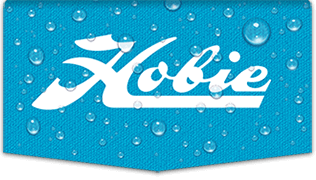|
All times are UTC - 8 hours [ DST ] |
 
|
Page 1 of 2 |
[ 17 posts ] | Go to page 1, 2 Next |
|
| Author | Message | ||||
|---|---|---|---|---|---|
| JSWoerner |
|
||||
Joined: Wed Jan 16, 2008 8:33 am Posts: 220 Location: Florida |
|
||||
| Top | |
||||
| srm |
|
||||
Joined: Mon May 09, 2005 10:25 am Posts: 4287 Location: Jersey Shore |
|
||||
| Top | |
||||
| JSWoerner |
|
||||
Joined: Wed Jan 16, 2008 8:33 am Posts: 220 Location: Florida |
|
||||
| Top | |
||||
| srm |
|
||||
Joined: Mon May 09, 2005 10:25 am Posts: 4287 Location: Jersey Shore |
|
||||
| Top | |
||||
| JSWoerner |
|
||||
Joined: Wed Jan 16, 2008 8:33 am Posts: 220 Location: Florida |
|
||||
| Top | |
||||
| John Lunn |
|
||||
Joined: Mon Jul 04, 2005 10:13 am Posts: 1199 Location: Nepean S.C. Ottawa, Canada |
|
||||
| Top | |
||||
| JSWoerner |
|
||||
Joined: Wed Jan 16, 2008 8:33 am Posts: 220 Location: Florida |
|
||||
| Top | |
||||
| gofastshawn |
|
||||
Joined: Mon Oct 22, 2007 7:28 pm Posts: 153 Location: sacramento |
|
||||
| Top | |
||||
| JSWoerner |
|
||||
Joined: Wed Jan 16, 2008 8:33 am Posts: 220 Location: Florida |
|
||||
| Top | |
||||
| srm |
|
||||
Joined: Mon May 09, 2005 10:25 am Posts: 4287 Location: Jersey Shore |
|
||||
| Top | |
||||
| John Lunn |
|
||||
Joined: Mon Jul 04, 2005 10:13 am Posts: 1199 Location: Nepean S.C. Ottawa, Canada |
|
||||
| Top | |
||||
| Harry Murphey |
|
||||
Joined: Mon Dec 31, 2007 6:06 pm Posts: 610 Location: SE PA/ Chesapeak Bay |
|
||||
| Top | |
||||
| RobBartz |
|
||||
Joined: Thu Jul 31, 2008 8:44 pm Posts: 21 Location: Manitowoc, WI |
|
||||
| Top | |
||||
| Little Wing |
|
||||
Joined: Sat Jan 24, 2009 9:10 am Posts: 366 Location: Black Hills South Dakota |
|
||||
| Top | |
||||
| srm |
|
||||
Joined: Mon May 09, 2005 10:25 am Posts: 4287 Location: Jersey Shore |
|
||||
| Top | |
||||
 
|
Page 1 of 2 |
[ 17 posts ] | Go to page 1, 2 Next |
|
All times are UTC - 8 hours [ DST ] |
Who is online |
Users browsing this forum: No registered users and 2 guests |
| You cannot post new topics in this forum You cannot reply to topics in this forum You cannot edit your posts in this forum You cannot delete your posts in this forum |

